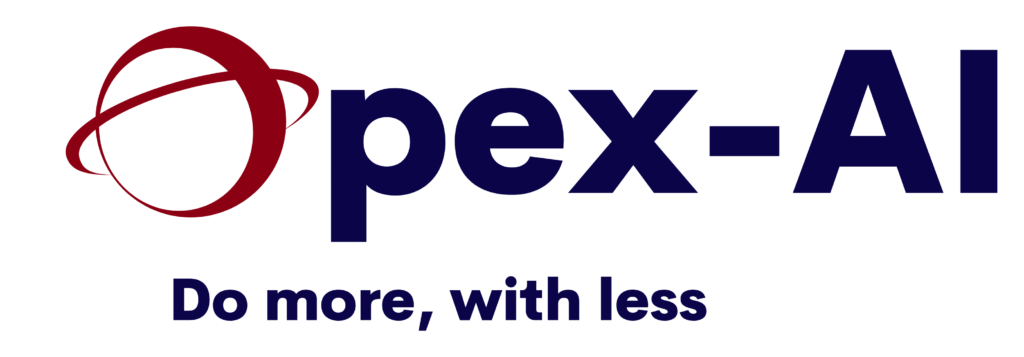Data mining, in the simplest terms, is like finding needles in a haystack. Imagine you’re a farmer with vast fields (your business data) that hide valuable truffles beneath the surface (insights). Data mining is the process of using special tools (algorithms and software) to dig through the fields, locate those truffles, and then decide the best way to use them to enhance your farm’s productivity and profitability.
You can think of data mining as the act of sifting through all the data your company collects — from sales figures and market research to customer feedback and operational metrics — to uncover patterns and relationships that are not immediately obvious. These patterns can reveal actionable insights that can drive business strategies and decisions.
Examples of Data Mining in Business:
- Customer Segmentation: A retail company collects data on customer purchases, online browsing habits, and feedback. Data mining helps identify different groups of customers based on their purchasing patterns. This insight allows the company to tailor marketing strategies to each segment, improving sales and customer satisfaction.
- Fraud Detection: Banks and financial institutions analyze transaction data for patterns that indicate fraudulent activity. By mining transaction data, they can identify unusual patterns (like sudden large transactions in a foreign country) and take preemptive action to prevent fraud.
- Inventory Management: A manufacturing SME might use data mining to understand the relationship between production schedules, raw material deliveries, and inventory levels. By uncovering patterns, they can optimize their inventory, reduce costs, and improve production efficiency.
- Predictive Maintenance: Companies with significant investments in machinery and equipment can use data mining to predict equipment failures before they happen by analyzing historical maintenance data and machine performance. This can save substantial costs and reduce downtime.
- Market Basket Analysis: This involves analyzing items that customers buy together. A supermarket might find that people who buy diapers also tend to buy baby wipes. They can use this insight to place these items closer together or run targeted promotions to increase sales.
In essence, data mining equips business leaders with the shovel and map to uncover hidden treasures within their data, helping them make informed decisions, predict future trends, and tailor their products and services to meet the needs of their market more effectively. It’s a powerful way to leverage the vast amounts of data that businesses accumulate to gain a competitive edge.
Contact us, to know how you can use it!
